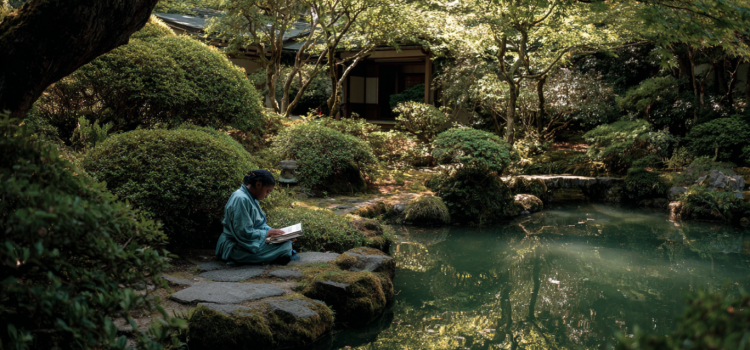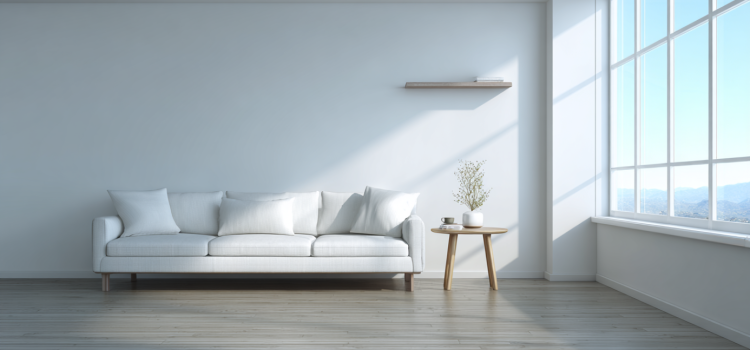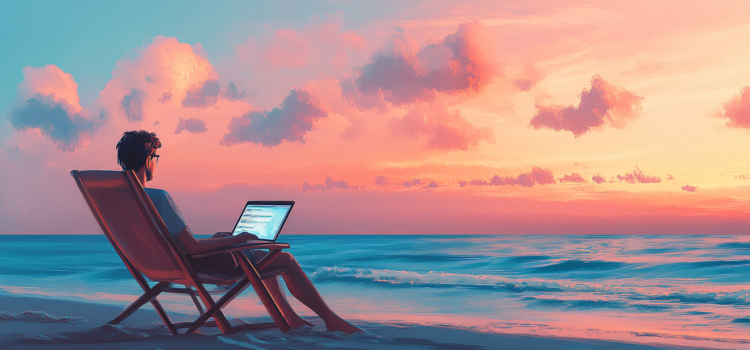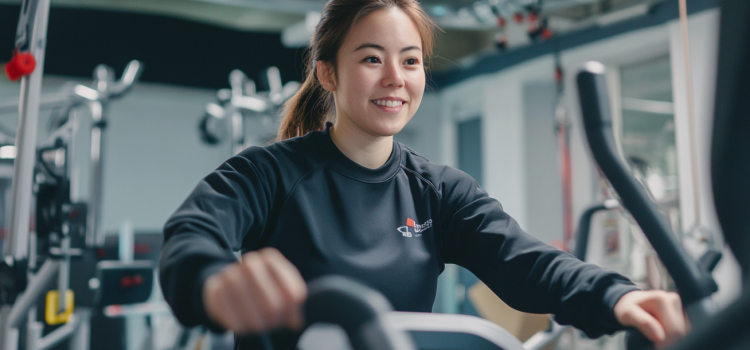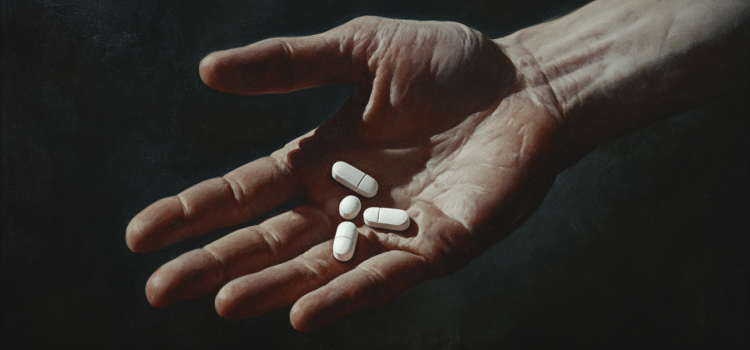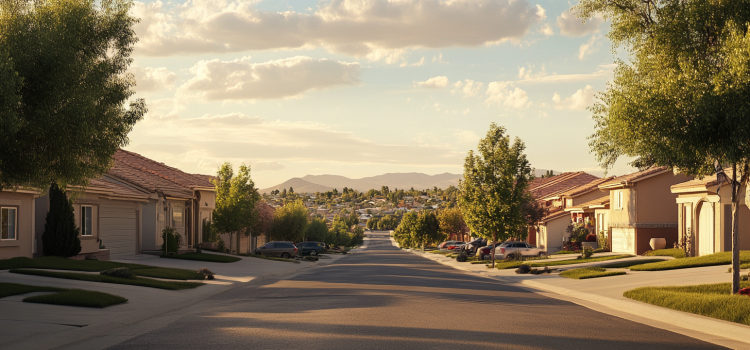Do you have a tendency to undermine your own success? How can you overcome your self-sabotaging tendencies? In her book Stop Self-Sabotage, Judy Ho explores the root cause of self-sabotaging behavior: the conflict between the desire to get what you want and the desire to avoid what your mind perceives as danger. Then she explains how to replace your self-destructive habits with better ones. Keep reading for an overview of Stop Self-Sabotage.
Stop Self-Sabotage by Judy Ho: Book Overview & Lessons


